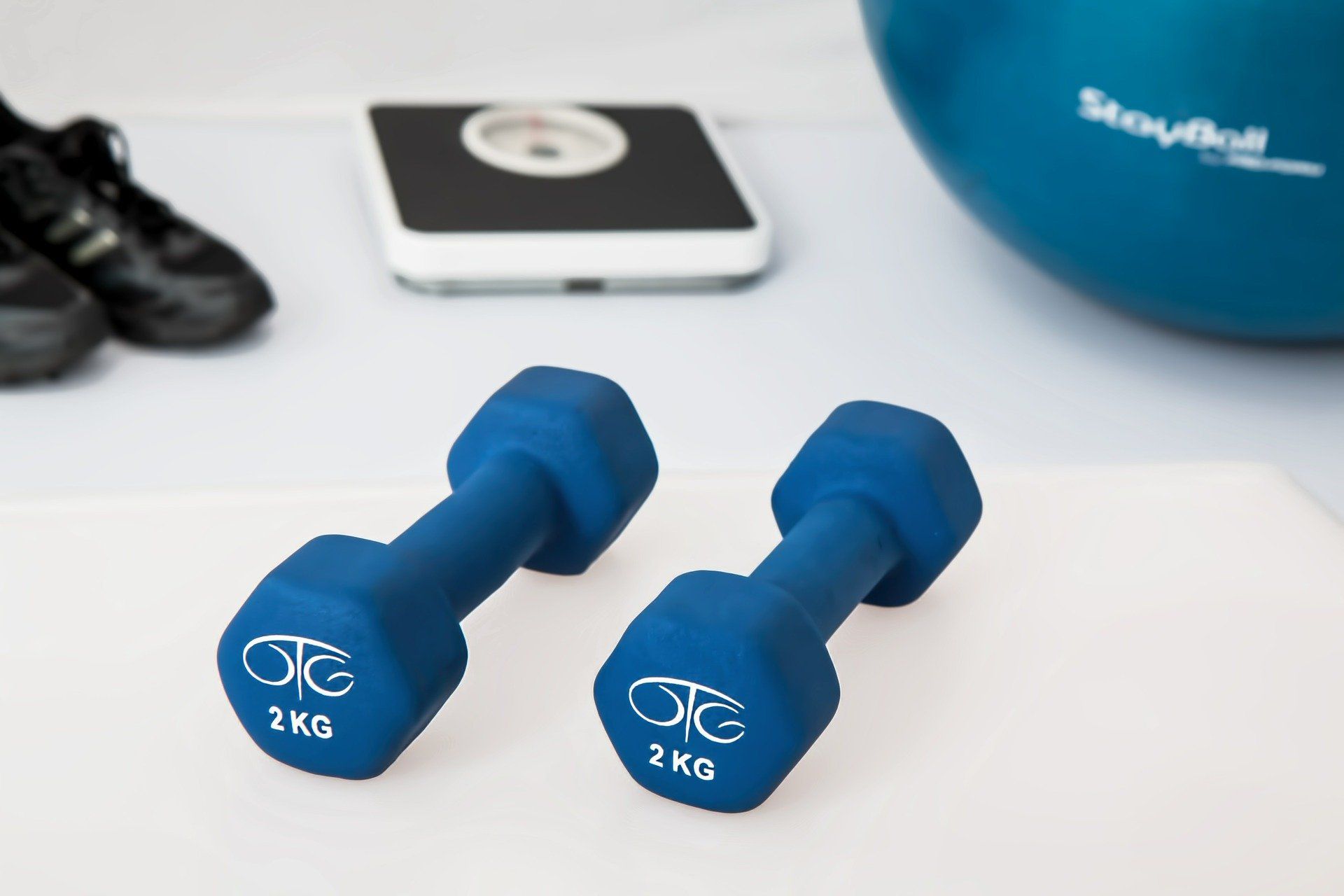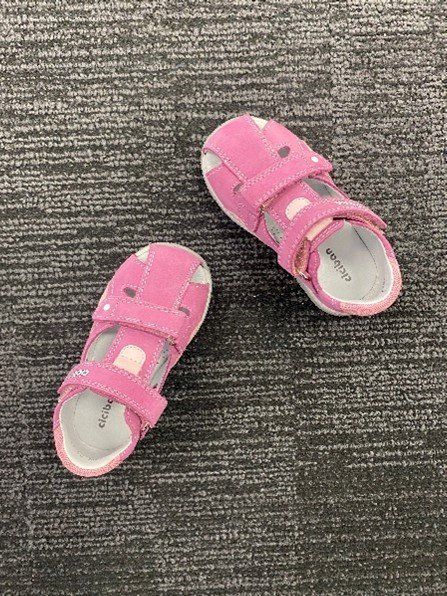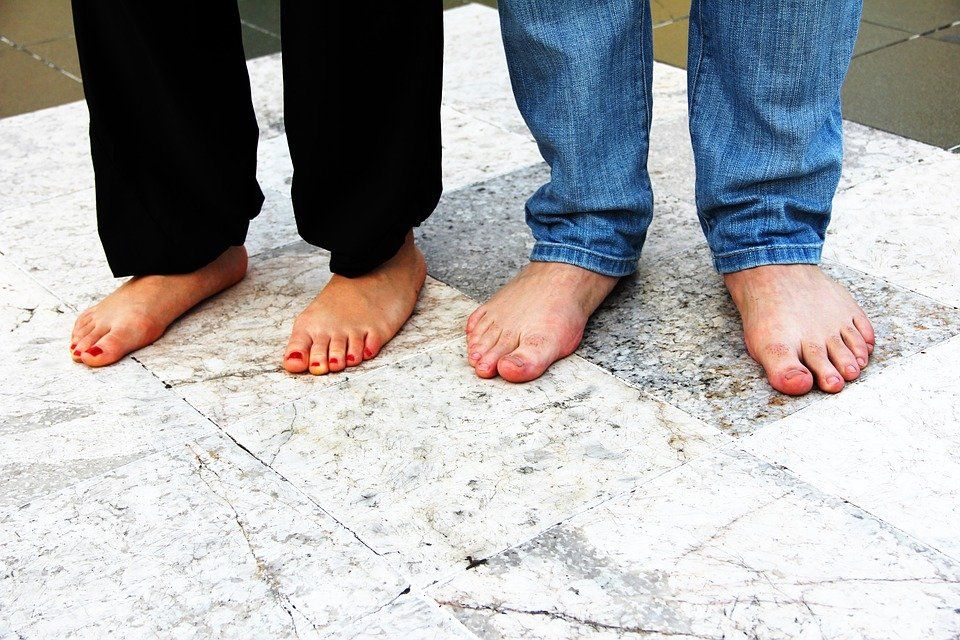Exercise & Osteoporosis
May 14, 2020
What is Osteoporosis?
According to Osteoporosis Australia, 1.2 million Australians are affected by Osteoporosis and a further 6.3million have low bone density known as osteopenia, a precursor to Osteoporosis. Osteoporosis occurs when the minerals in bones, such as calcium, deplete quicker than the body can replace. This causes a decrease in bone mineral density and mass and causes an increase in fracture risk. Any bone can be affected; however, the most common sites are hip, spine, wrist, upper arm, forearm, and ribs. Osteoporosis is an asymptomatic disease, which means the symptoms are silent and progress without us being aware.
Women are at a greater risk of developing osteoporosis due to a rapid reduction in the production of oestrogen during menopause. Oestrogen protects the bones; when the level of oestrogen decreases the bones lose calcium and other minerals at a faster rate. Men are also impacted due to a reduction in testosterone; however, men’s testosterone levels decline more gradually, resulting in more adequate bone mass density until much later in life.
Hormones also play an important role in maintaining bone integrity. Oestrogen in women and testosterone in men assist osteoblasts in laying down bone to maintain bone strength. As we get older and our hormone production slows, Osteoclasts become more active in breaking down bone, subsequently decreasing bone mass. This is why weight-bearing exercise is important; it encourages bone remodelling to occur at an increased rate - helping to slow the decline in bone mass and strength.
Some risk factures which lead to a greater chance of developing Osteoporosis include family history of the disease, calcium and vitamin D levels, certain medical conditions and their associated medications and lifestyle factors such as low levels of physical activity, smoking and alcohol intake.
The Role of Exercise in Osteoporosis
Exercise plays an important role in helping bones by modifying their shape and size so that they become stronger by increasing bone mass density and less prone to fractures. Exercise assists in improving muscular strength to support bones and joint stability. Proprioception and balance are also important in preventing falls and fracture risk in those with Osteoporosis. Proprioception is “the sense of knowing where your body is in space”; balance is defined as “the even distribution of weight enabling you to remain steady and upright”.
Regular weight bearing physical activity and progressive resistance training can assist in maintaining or improving bone density. The ability of an exercise to build bone depends on the specific way that stress is applied to the bone, through specificity and overload.
Specificity: The exercises need to load specific bones and/or body sites. For example – If bone development needs to occur in the femur and hip, exercises such as jumping would be appropriate.
Overload: To stimulate bone development an exercise must overload the bones. This load needs to be substantially greater than what would be experienced during normal daily activities.
Exercise Recommendations
The Australian Physical Activity Guidelines recommend all individuals complete 150minutes of moderate or 75minutes of vigorous intensity exercise per week. For Osteoporosis management it is best to include 30-60minutes of weight bearing aerobic based exercise (such as walking) 3-5 days per week and 2-3 days per week of strength based progressive resistance training (such as weight lifting) into your weekly program.
If you would like more information about Osteoporosis and how exercise can assist in the managing the condition, give our clinic a call or come in and see one of our friendly receptionists!
Article written by: Brodie McNamara AEP

Managing your diabetes is certainly an important aspect of maintaining your health and quality of life, but your goals and interests are very important too. Exercise Physiologists are specially trained in prescribing exercise to achieve your goals and manage your health while considering all aspects of your life, come and visit one of our Exercise Physiologists to discuss the best exercise for you, your life, your goals, and your diabetes. What is Type 2 Diabetes? Type 2 Diabetes is the result of increased insulin resistance and beta-cell impairment. Your pancreas has cells, named beta-cells, that produce insulin which helps your body use and store glucose, the sugar your body gains from the carbohydrates you eat. When you eat carbohydrates, your pancreas makes and releases insulin, which helps your body use and store the glucose (usually known as ‘sugars’) that are contained in carbohydrate foods. This insulin helps your body use the glucose as energy for your brain and muscles, or store the glucose in your muscles and liver to be used later. Without insulin the glucose stays stuck in your blood, which raises blood glucose levels and reduces the amount of glucose your brain and muscles have available to use as energy. In Type 2 diabetes, two areas of this process are impacted. 1. Beta-cell death: The cells in your pancreas that make insulin are overworked and some cells can die. Usually due to years of working too hard to create enough insulin to keep up with high carbohydrate and sugar intake and/or because they were a bit weaker to begin with and became more easily overworked than usual (due to family history and genetics). 2. Insulin resistance: Your body needs more insulin than usual to get the glucose out of your blood and into cells where it can be used as energy or stored for later. This puts stress on your body to produce more insulin than it usually would and often leads to further beta-cell death. These two processes cause ongoing problems, because as your insulin resistance gets worse and you need more insulin to do the same job, your cells get more and more overworked trying to keep up with your bodies demand. How does exercise help? As you exercise your heart rate increases and pumps your blood around your body more rapidly, this increase in blood flow helps deliver the glucose in your blood to your muscles, so it is pulled out of your blood more quickly than usual. Within your muscle cells there are transporters that move the glucose from your blood into your muscle cells to be used, some of these cells are powered by insulin, but some of these transports are powered by exercise. So, as you exercise, your cells have access to both the insulin and exercise transporters to get the glucose out of your blood and into your muscles, enabling much more glucose than usual to be moved out of the blood. Once you have moved your body and muscles, your muscles need to replenish their energy supplies again. To do this, a large amount of glucose is taken out of your blood and stored in your muscles, ready for the next time exercise is completed, taking this glucose out of your blood reduces your blood glucose levels. Replenishing the glucose stores in your muscles is also beneficial for preventing weight gain because if more glucose is stored in your muscles, less if left over to be stored as body fat in your adipose tissue. As your exercise more regularly and get fitter your body becomes more efficient at storing glucose and can store much more in your muscles than previously. However, this does not increase forever, and you must continue physical activity regularly to maintain your improved ability. What type of exercise is best? To choose the best exercise for you it is important to consider all the other aspects of your life and health, because you are much more than just your diabetes diagnosis. Exercise should be focused on improving your health and wellbeing, making you feel stronger, increasing your independence and ensuring you can continue to complete all the activities you enjoy throughout your lifespan

In-toeing or pigeon-toed is a very common walking pattern in young children. As they walk their toes turn inwards ‘like a pigeon’. This type of walking is commonly seen in children between the ages of 2 years old and 7 years old. A lot of the time, in-toeing at these ages isn’t cause for concern as it can be a very normal part of your child’s development. However, this isn’t always the case. If your child is in-toeing and you notice the following: Excess tripping and/or clumsiness Fatigues very quickly Wants to be carried all the time Can’t keep up with other children their age Wears through footwear very quickly Is over the age of 7 Is excessively in-toeing and it doesn’t just look quite right We do recommend that you see a health professional. Our podiatrist can assist you with any of the above concerns you may have or if you just want to get a check up on your child’s feet, we are here to help. Contact the Toowoomba clinic today on 4632 7024 or 4662 2855 for our Dalby clinic.


